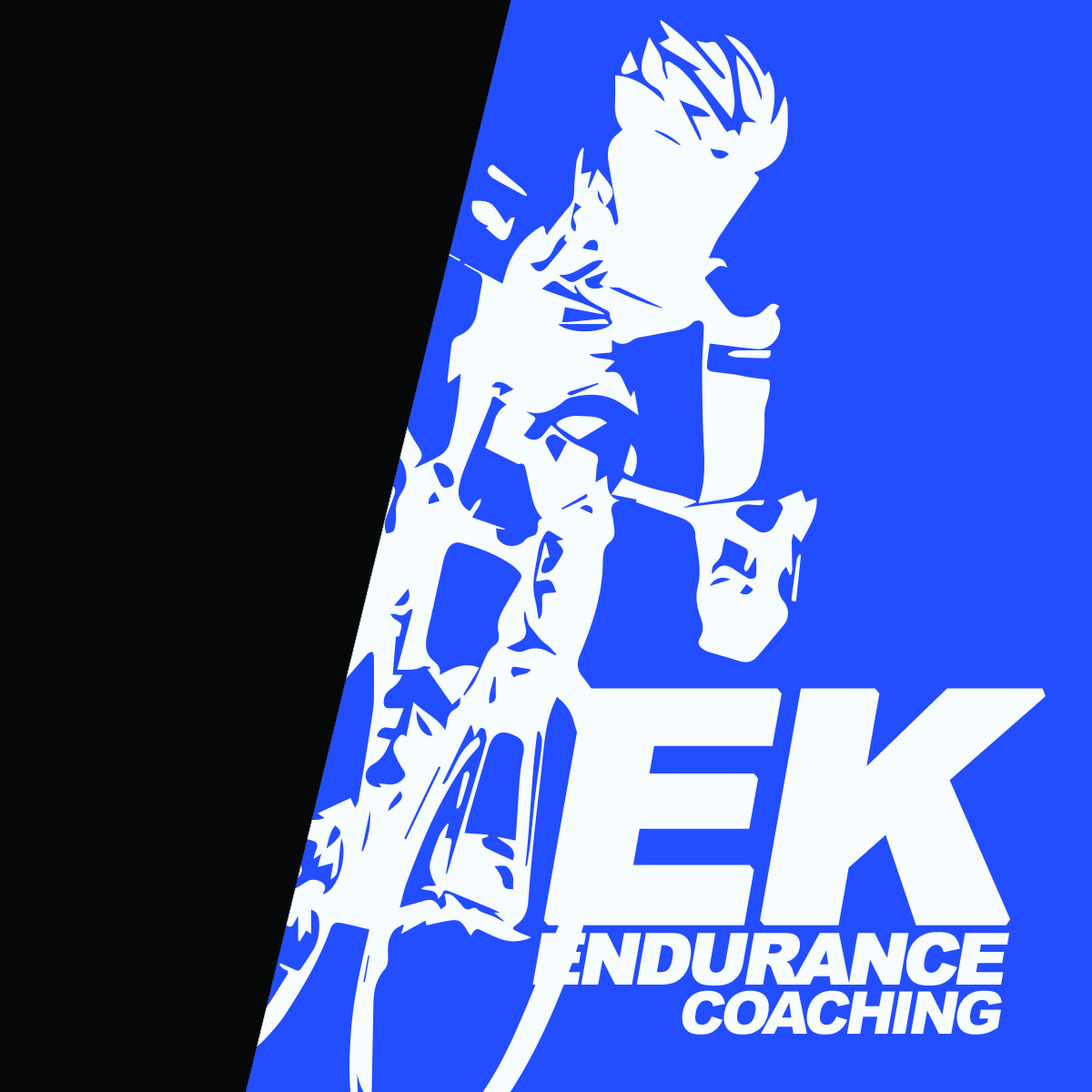Racing is some of the best preparation one can do. Sometimes there is no better way to test yourself than to simply get in there and do it! In a previous article, I talked about how to maximize your time racing. “Training in Training Races”. Many times IM athletes lean towards the longer ½ ironman races as their preferred events. However, there are lots of reasons that the shorter sprint distance races can be just what you needed.
1. They are Cheap:
Triathlon entry fees cost a bit more than dinner at the local pub, but sprint triathlons are some of the least expensive triathlons you can enter. Register early and you can shave a few dollars off the price tag. This is good for the wallet and might allow you to rent those sweet pair of race wheels!
2. Local events:
Traveling can take a lot out of you. Assuming you are already going to take a few rest days before the event and maybe after, adding in a long car drive, some less than ideal road food, a hotel bed and you have the makings a week or more of stress and not the good kind. Not to mention, all of this stuff costs money, see number 1. Usually, you can find many local sprint tri’s to compete in. That can leave you the afternoon to spend with the family, catch a movie, or even get in some more training…
3. Shorter rest/recovery period:
Even if you are looking to set the course on fire, two-three days of easier training can be enough to have you ready for a solid effort. Also with the shorter distance, particularly with the run, your recovery time will be pretty low. You can get back to training after only one-two days for some athletes.
4. More opportunity for training after the race:
With the normal early tri starts and a race that only lasts an hour to 1.5 hours, there is plenty of time to get in some more training after the race. If it’s close enough, maybe you can ride home or even ride there and back. If not a quick cool down after the race, maybe a ride on the bike or swim might be in order. You can still make it home for lunch and still have a few hours for some more training of your choice. For example, last fall I did a sprint tri in Denver. The day basically boiled down to the following: 1+ hour drive, 1 hour race, 30’ cool down on bike before the awards ceremony, 1+ hour drive home and I still had time for 3 hour ride with time enough to make dinner for the wife. That’s over 4 hours of training and brownie points with the family. It doesn’t get any better!.
5. Great threshold workout and test of % loss.
Many triathletes, even IM athletes, are realizing the benefits of training their threshold. These races provide a great environment for this type of training. Sprint tri’s can vary in length, but generally, you’re looking at something like: 750meter swim, 12-16 mile bike, and a 5k run. Depending on the course and conditions, it takes one hour for the speedy folks to1.5 hours or so.
I like to pace these efforts as a long threshold efforts. Every “zone” you have should have a range. Your threshold on the bike maybe 250 watts, however, you threshold zone maybe 235- 265, so you have some room to work with here. Go for your threshold-pace on the swim (1000m TT effort), a solid, normalized, threshold effort on the bike and then see what you’ve got for the run. If you can knock off a threshold pace for the run at the end of an hour+ race effort, you’re looking pretty good in my book! Not to mention, you just did a killer threshold training session. If you didn’t hit your threshold run pace you should start looking into why? Did you go to hard on the bike or swim? Too many spikes in power on the bike? Just got fatigued? If so, how far off your pace were you? This can be valuable information and data for future training and give you some clues to where your weaknesses may be.
6. Sprint tri’s will make your IM feel like slow motion
Sprint triathlons are hard. Don’t let short distance and larger numbers of beginners fool you. Coming out of the water and getting right into a threshold effort on the bike is tough to execute. With the high intensity, it is very easy to go to hard and blow up. On the other hand if you take too long to find your rhythm and “warm up” into any part of the race, you’ll lose a huge amount of time. That leg could be over by the time you get into the groove! Becoming efficient and comfortable at this will pay you back! Being able to blast through transition and find your pace and rhythm at these speeds and high intensities will make your IM feel like Sunday brunch. You will be far more “in control” minimizing the chance of making an error and maximizing your ability to execute your race to perfection.
You may not find that a training race is on the schedule and that’s fine. You may have spent the last 3 years doing short tri’s and now its time to try a longer one. It always depends on the individual. We are all different. We have different strengths and weaknesses, different backgrounds and resources. But next time you’re looking for some racing to do before the big one, give a local sprint triathlon a go, you’ll learn more about your self than you think.
Train hard, train safe!
